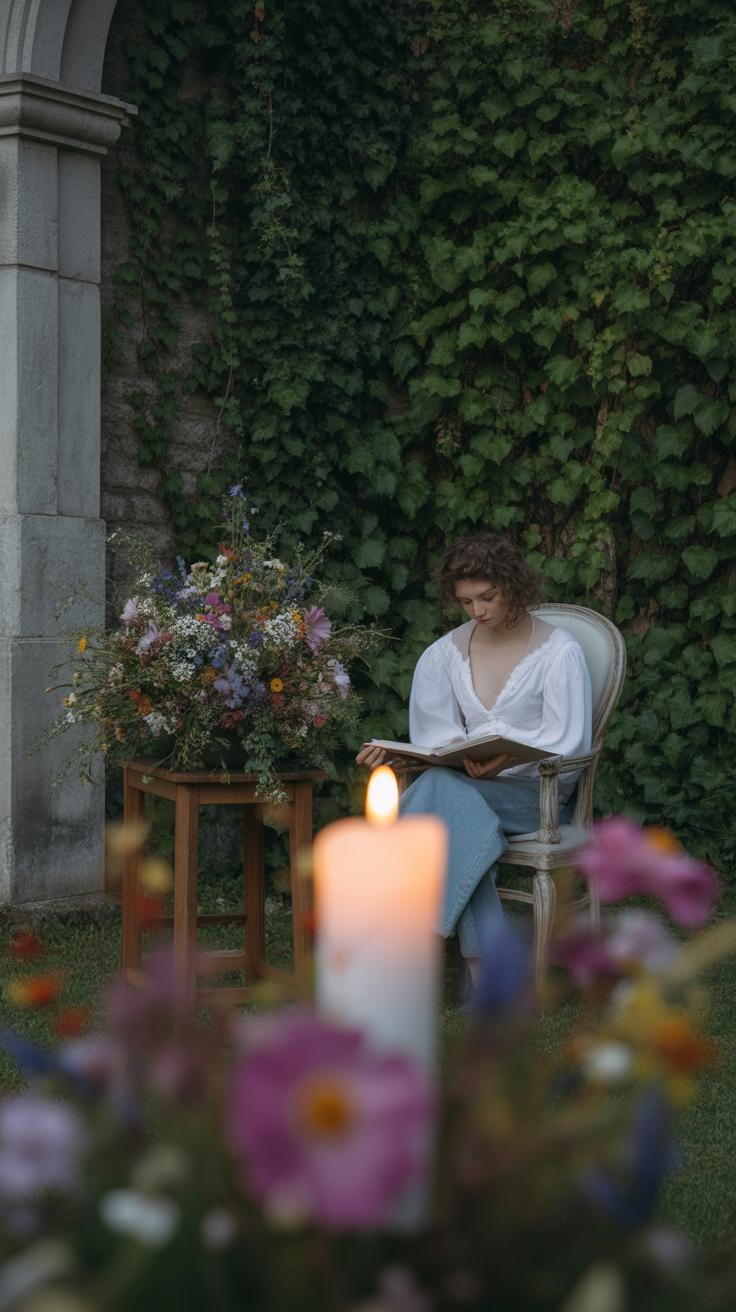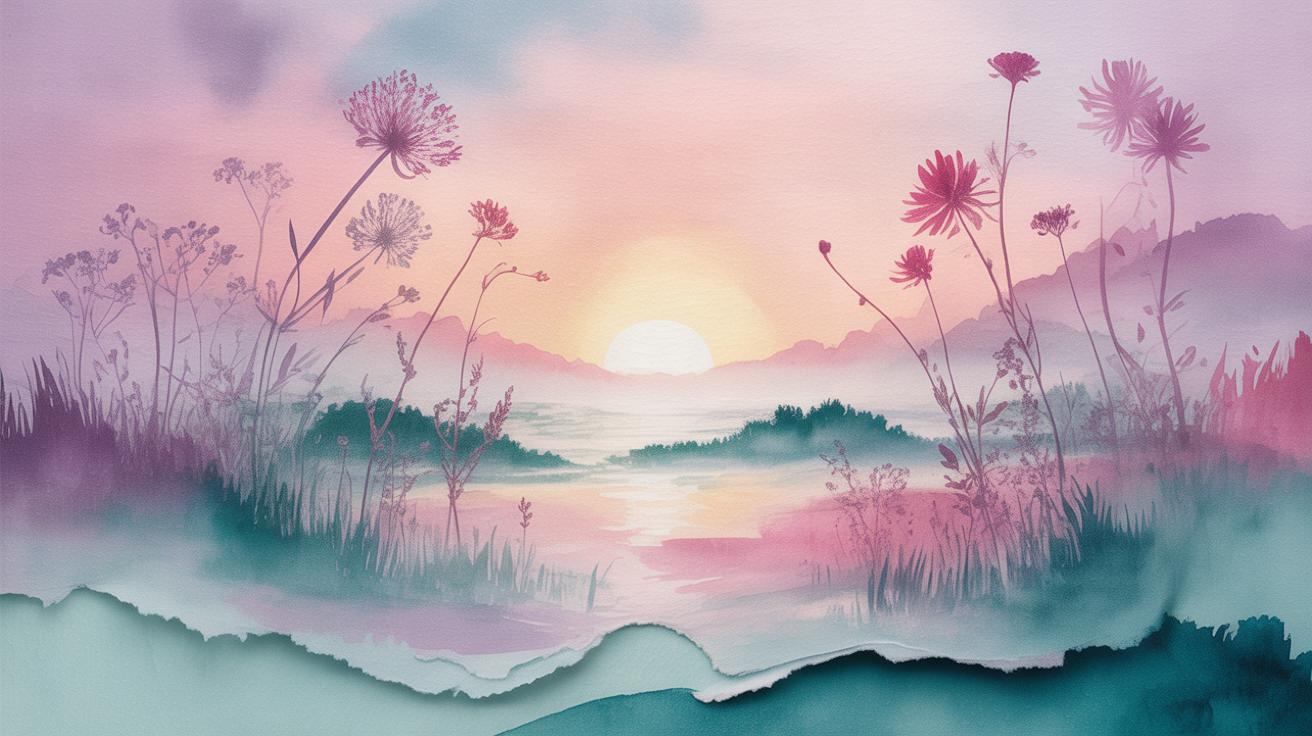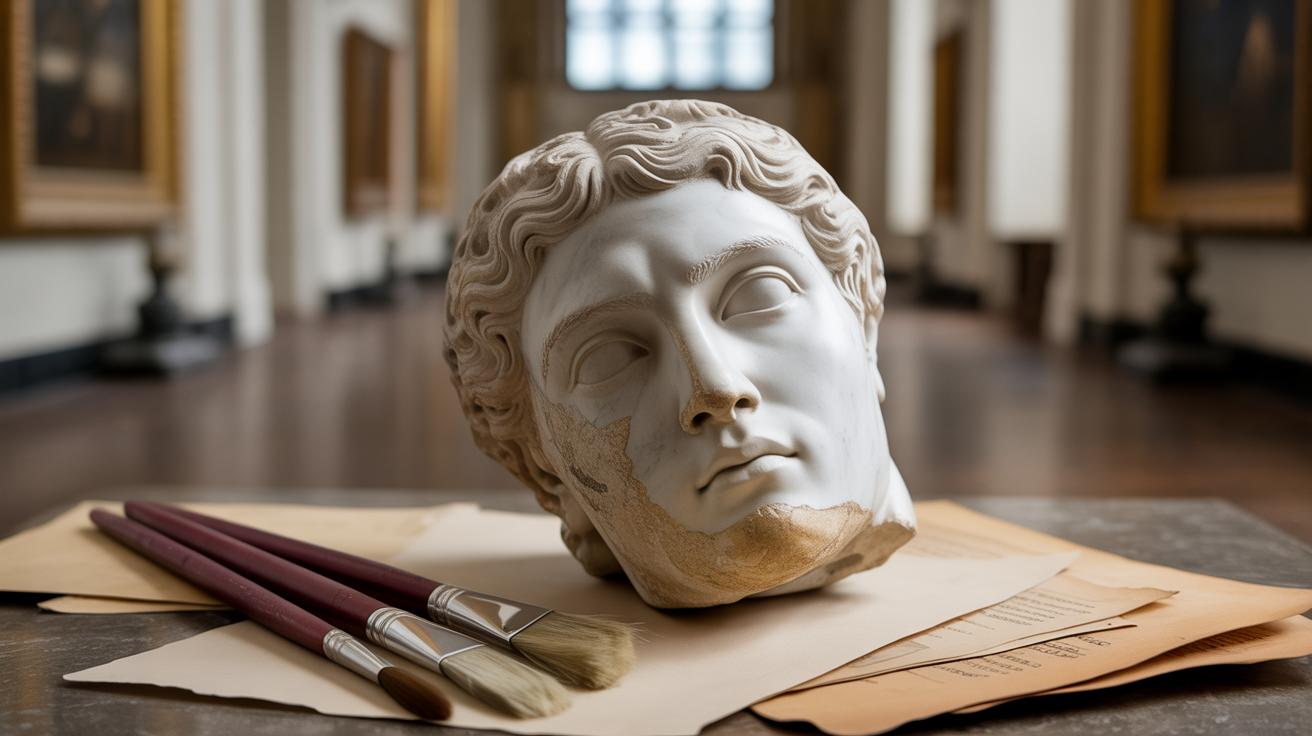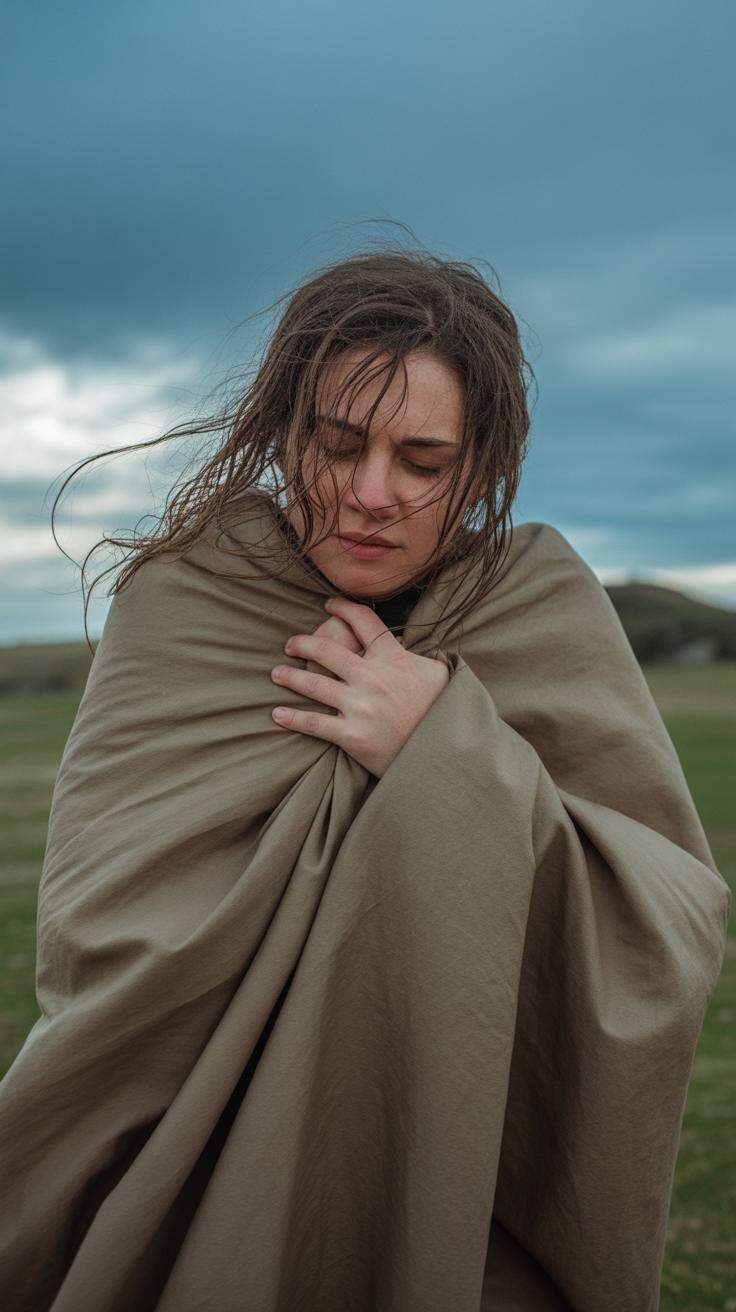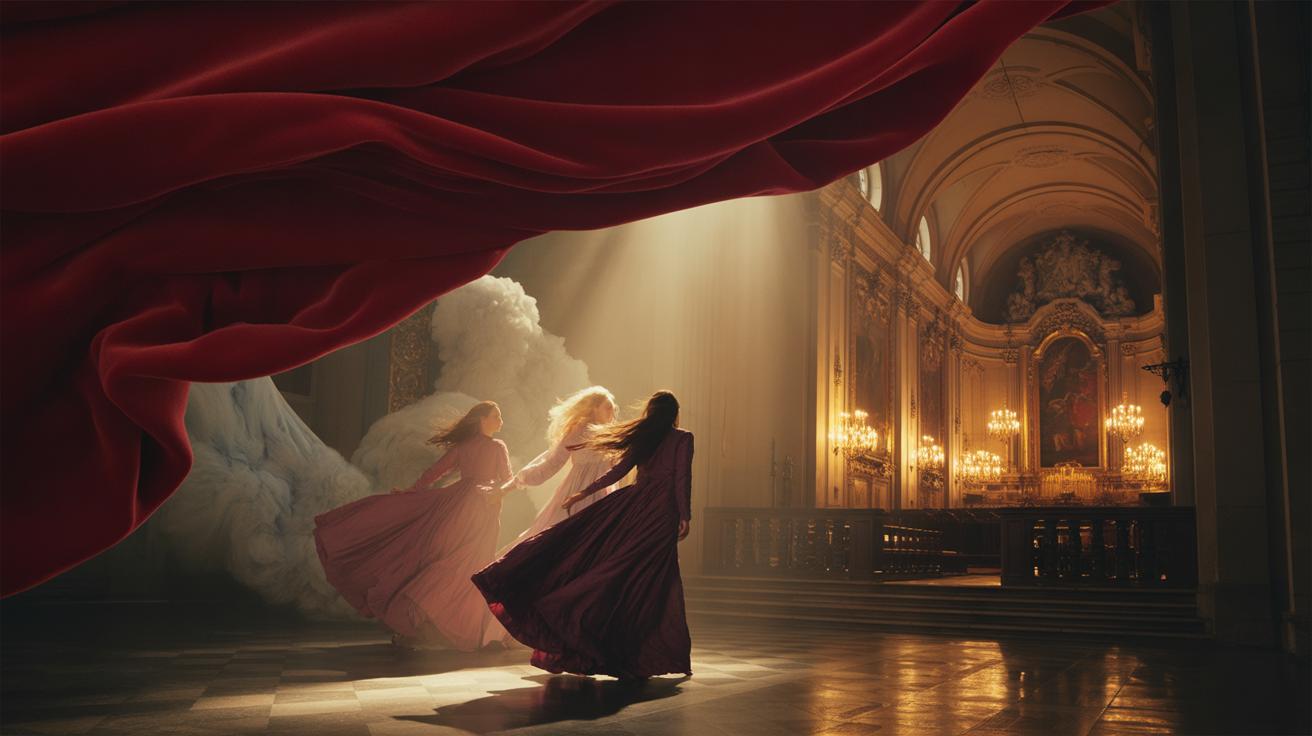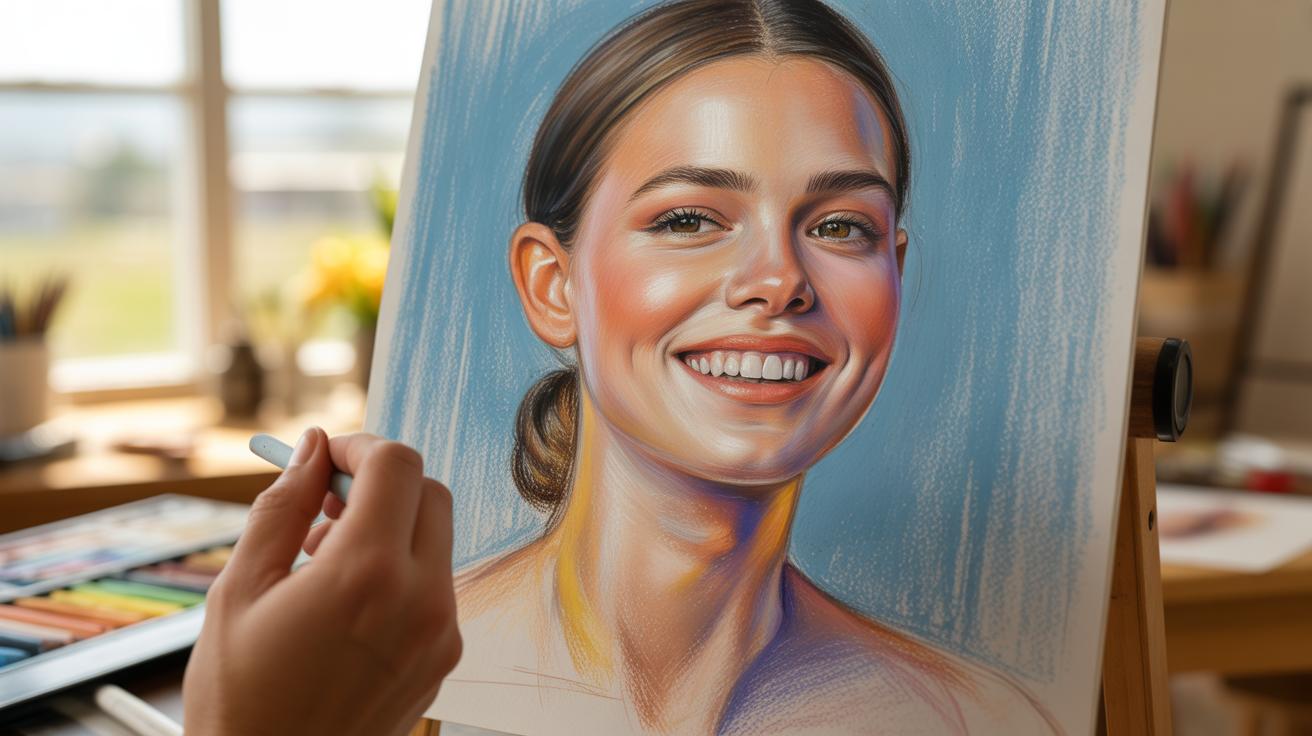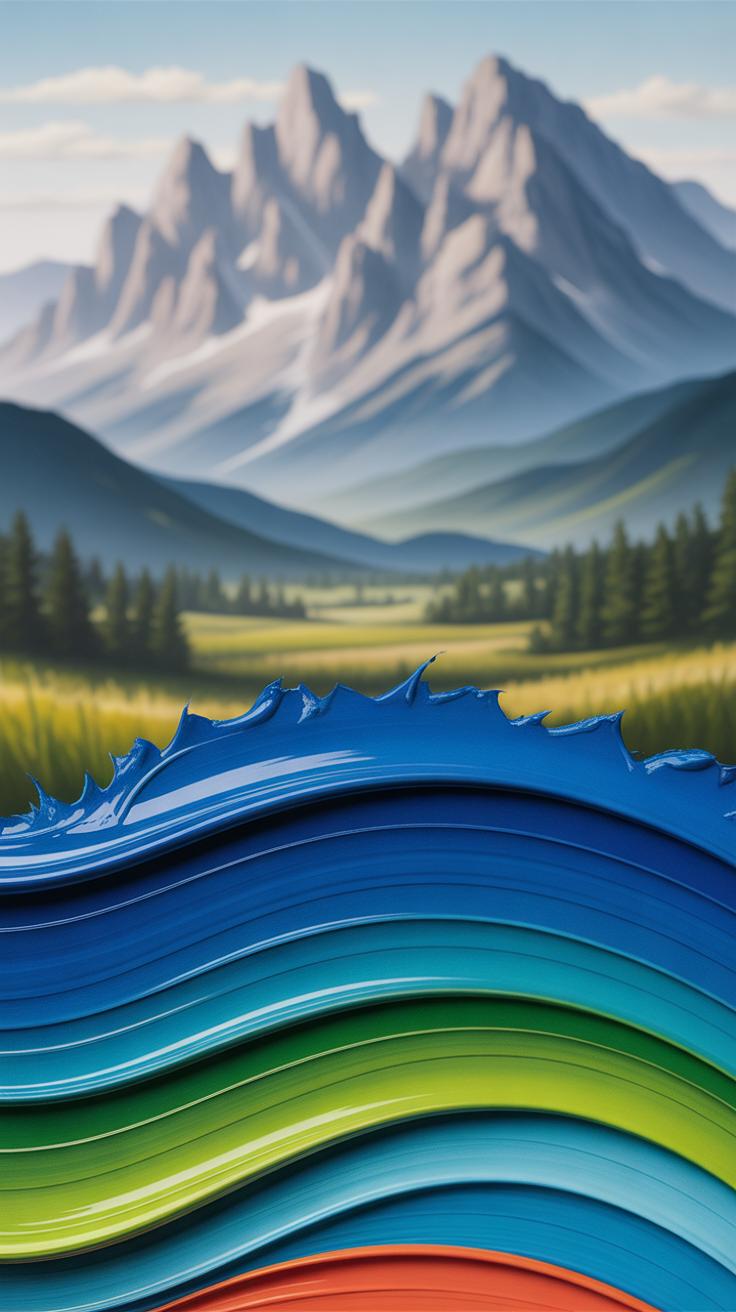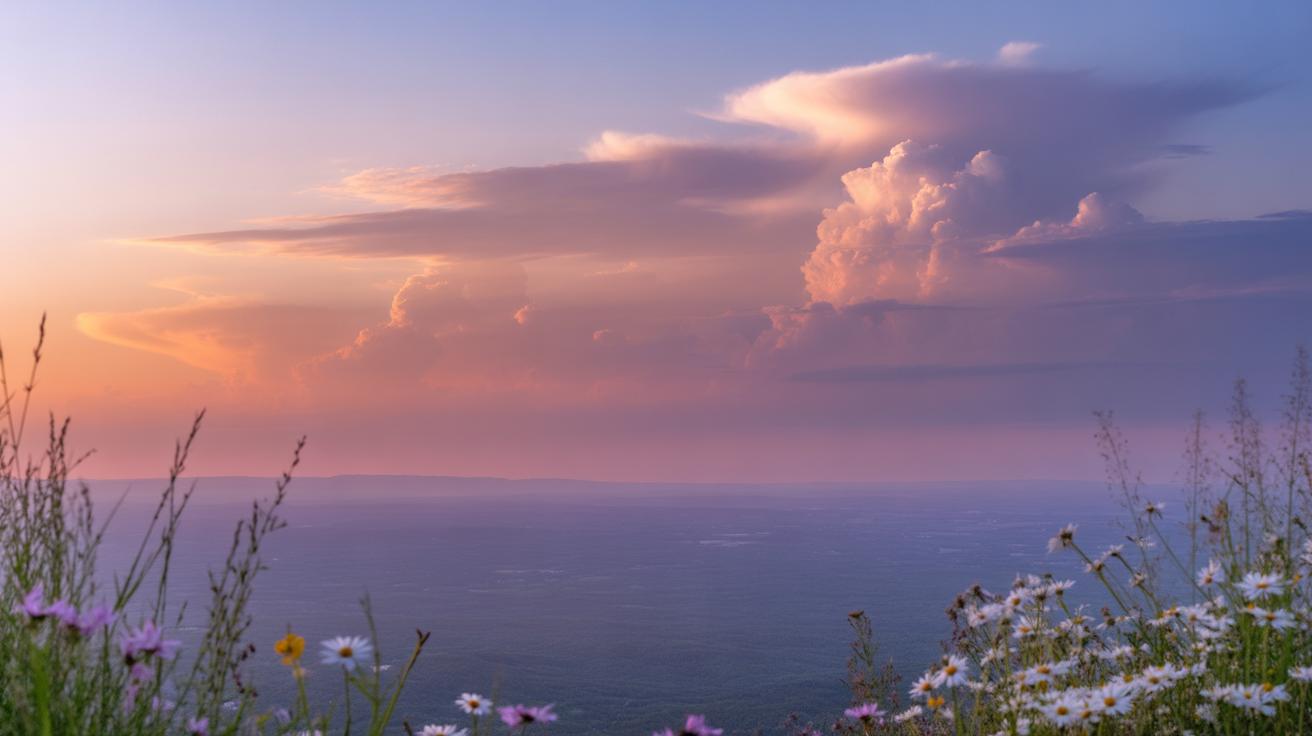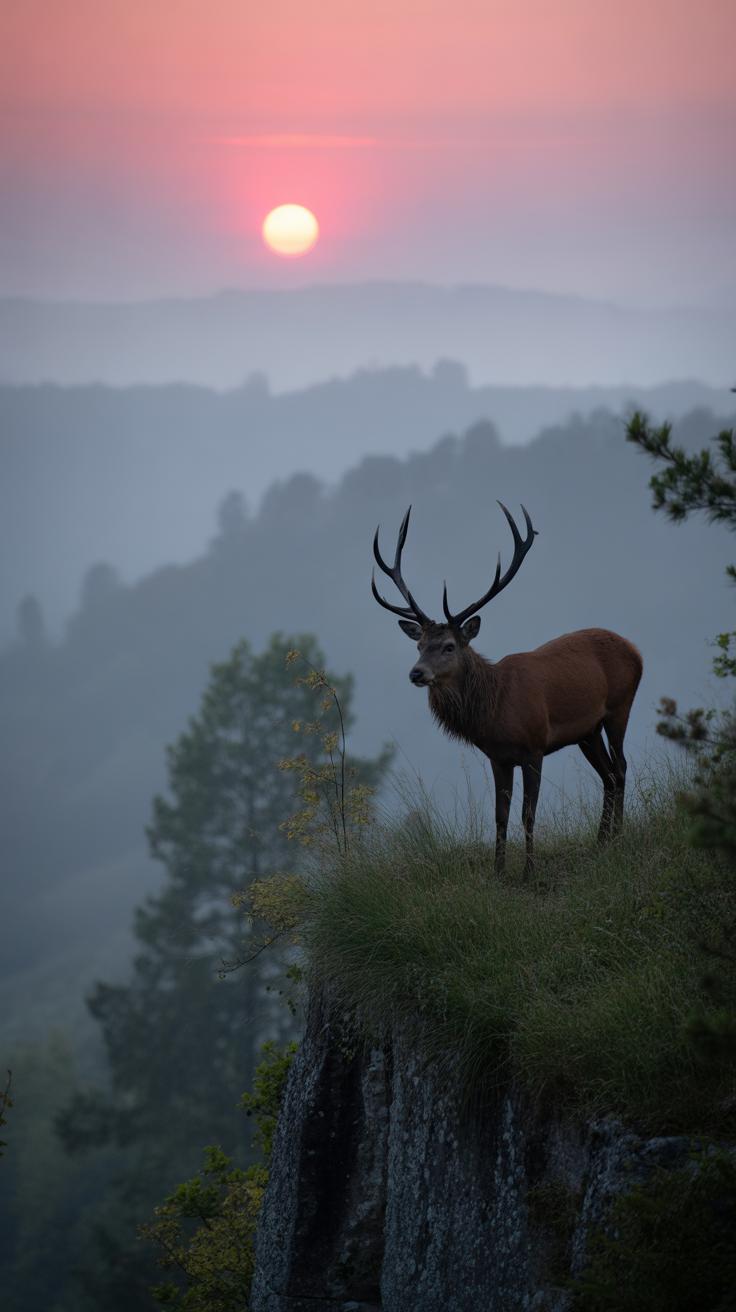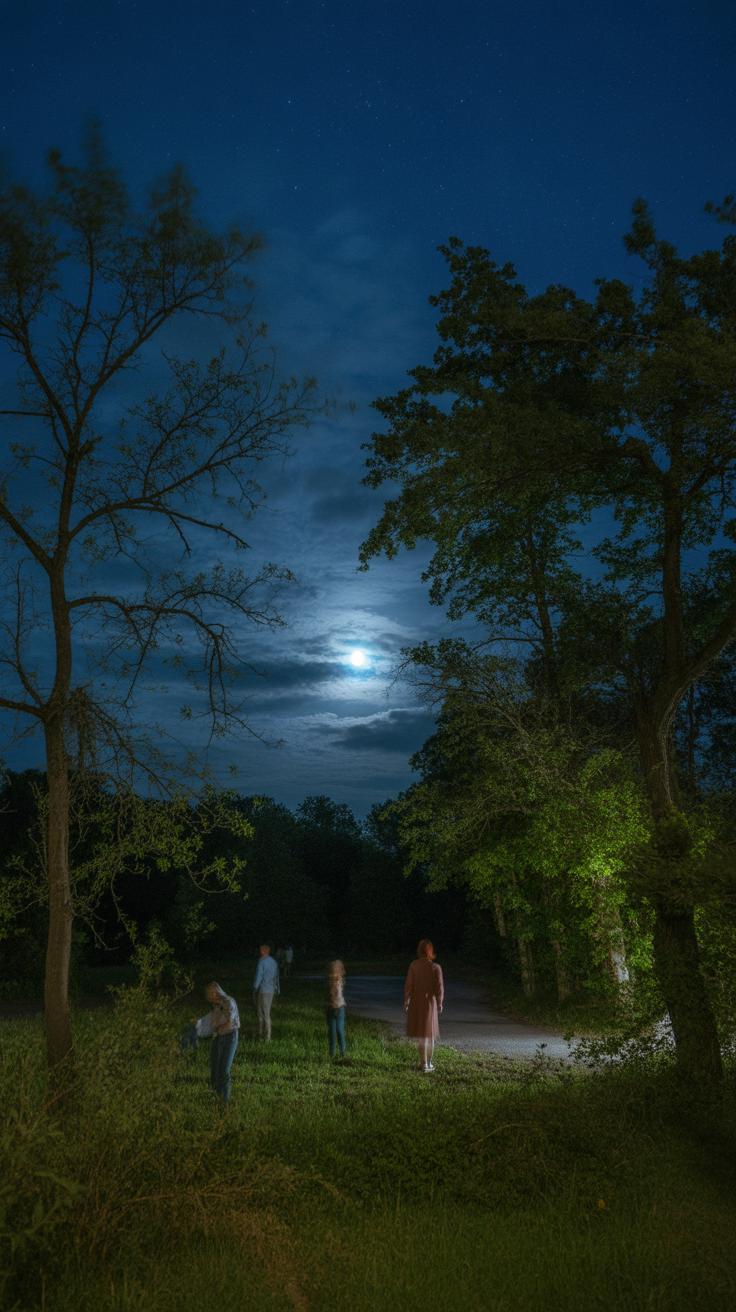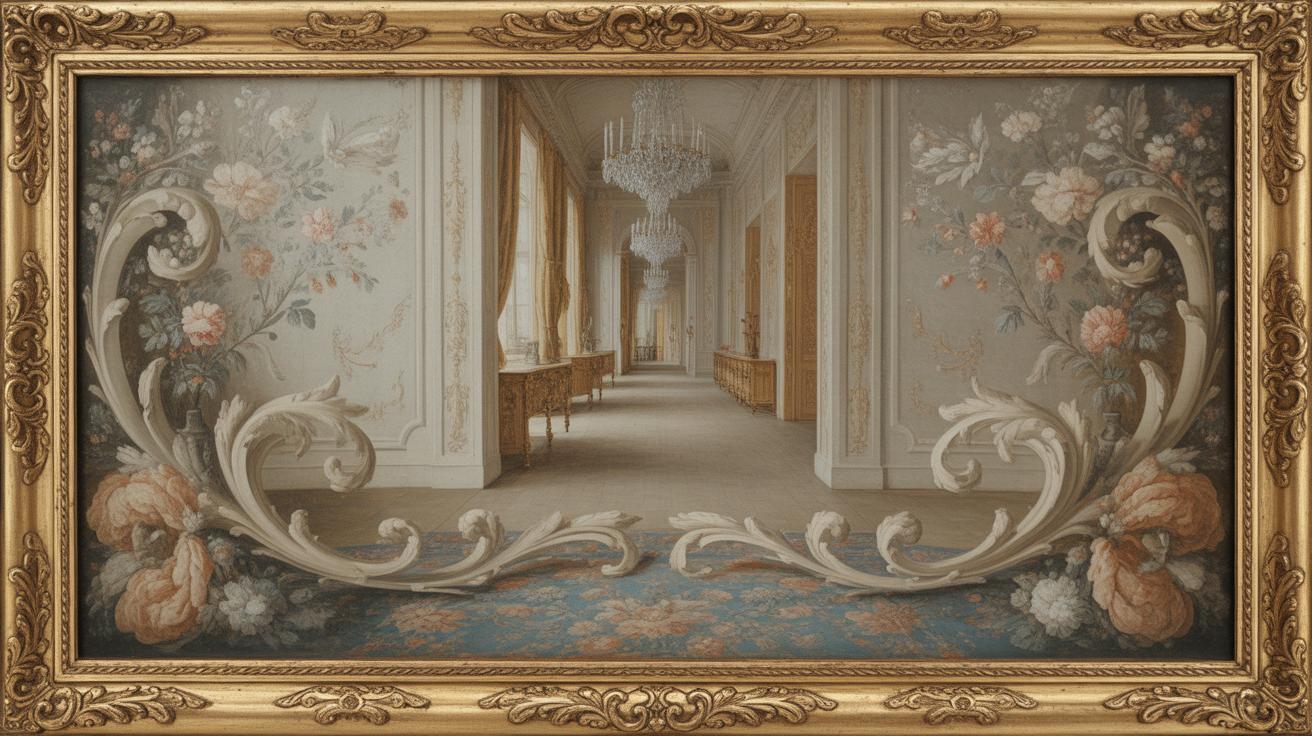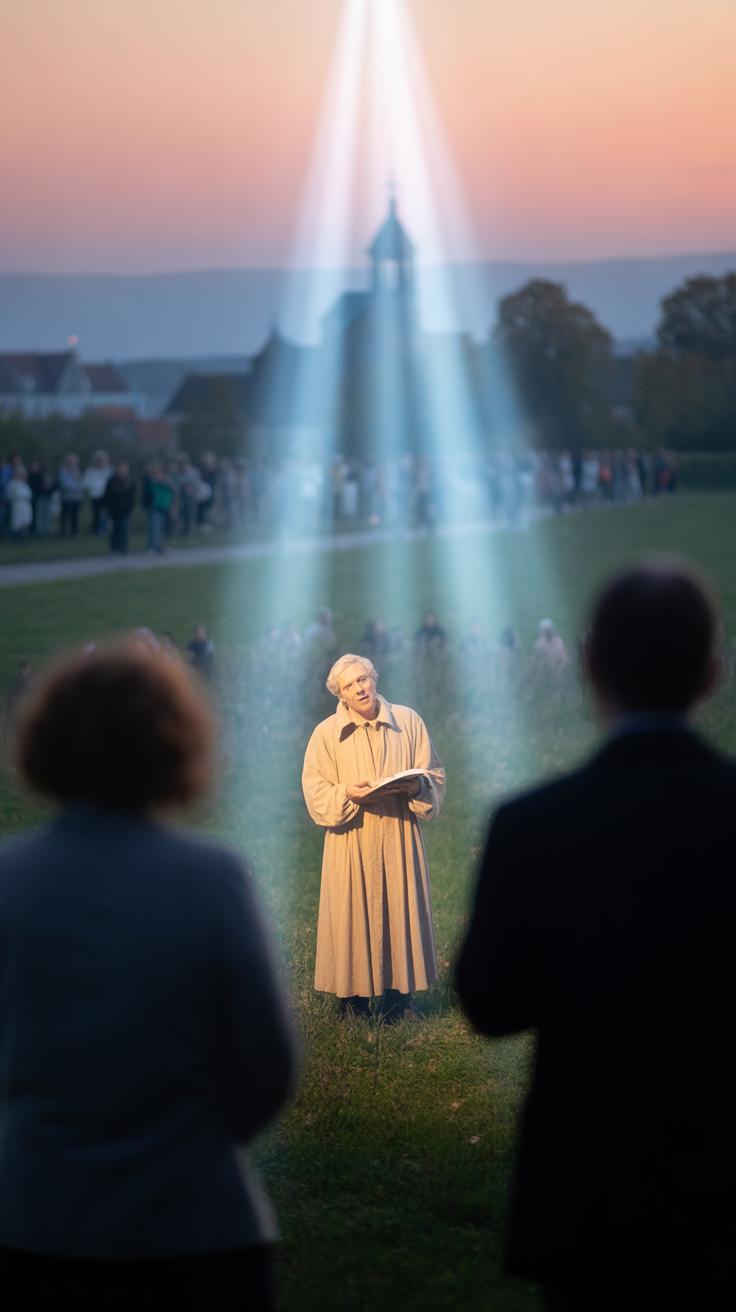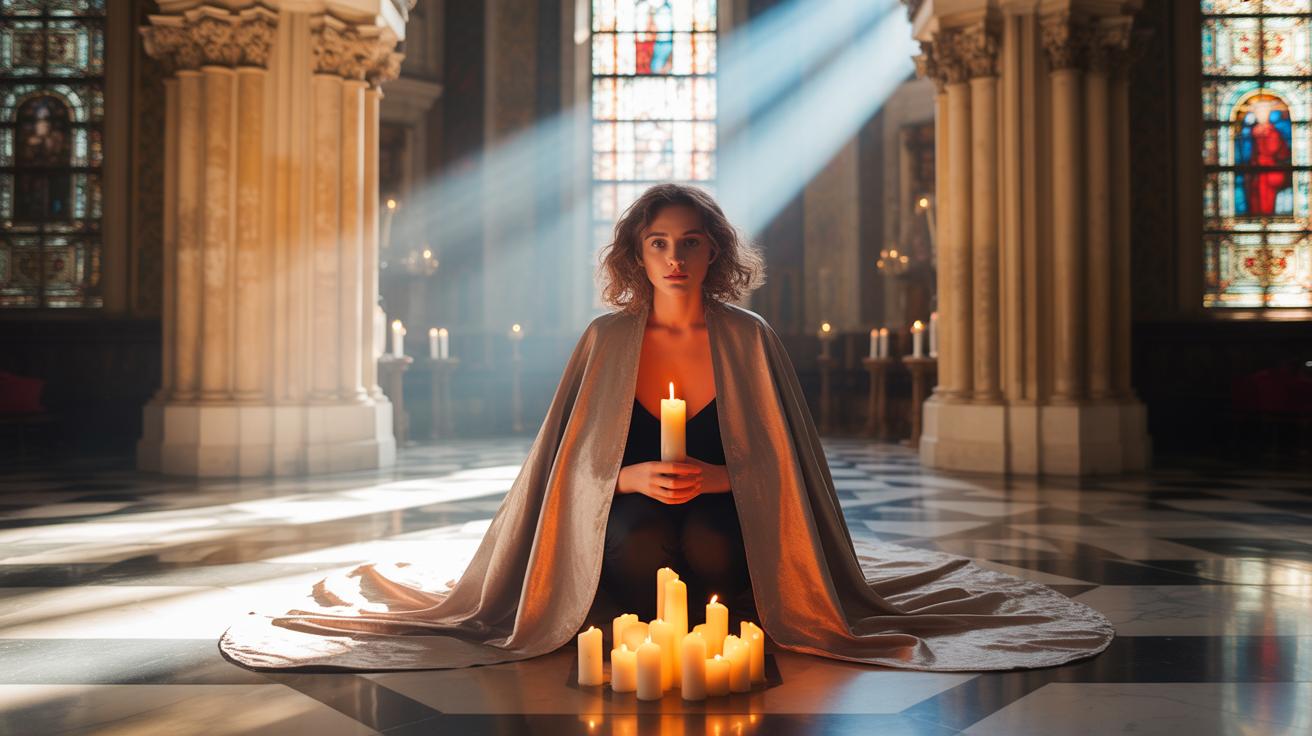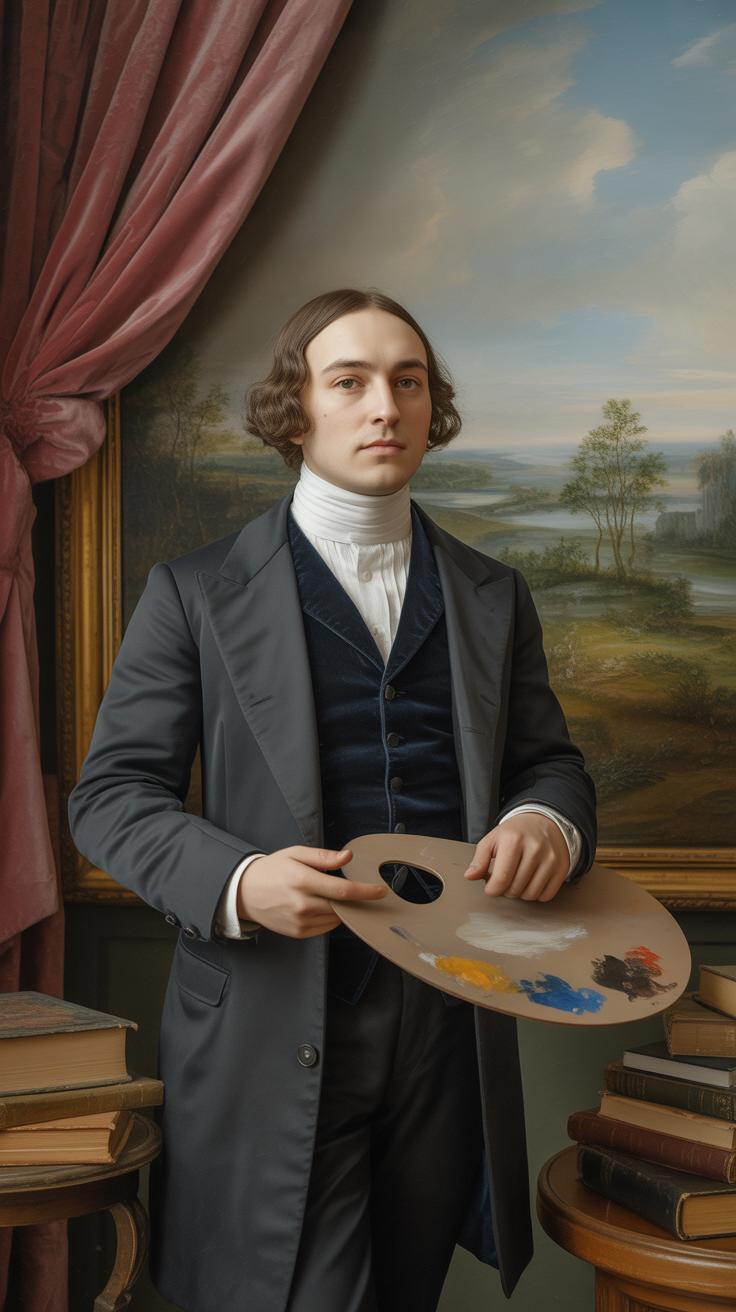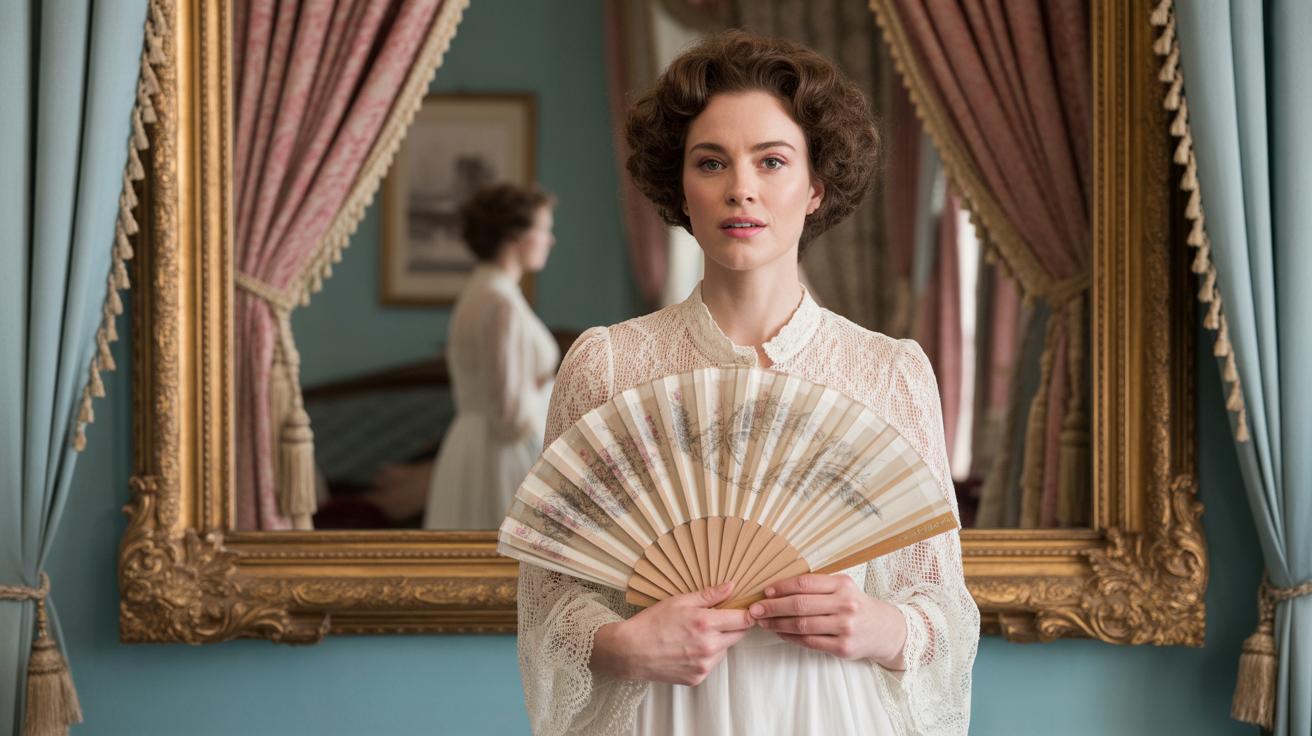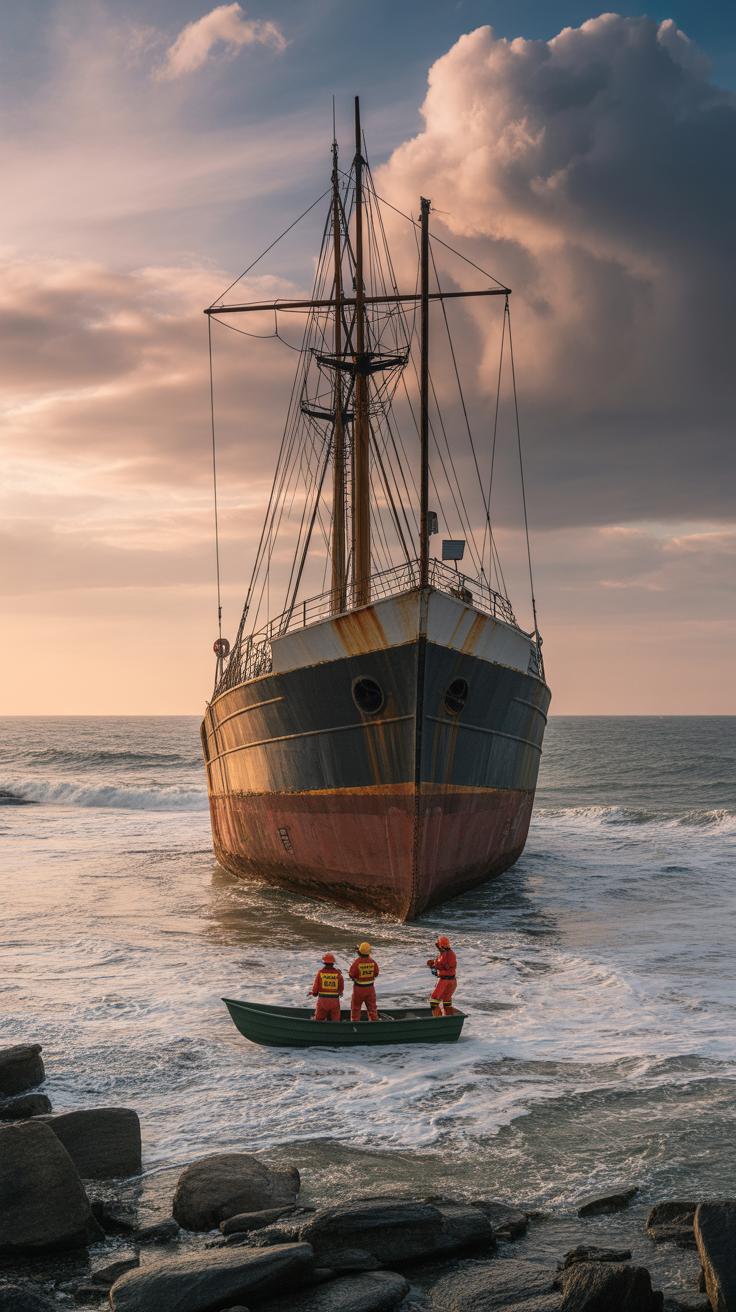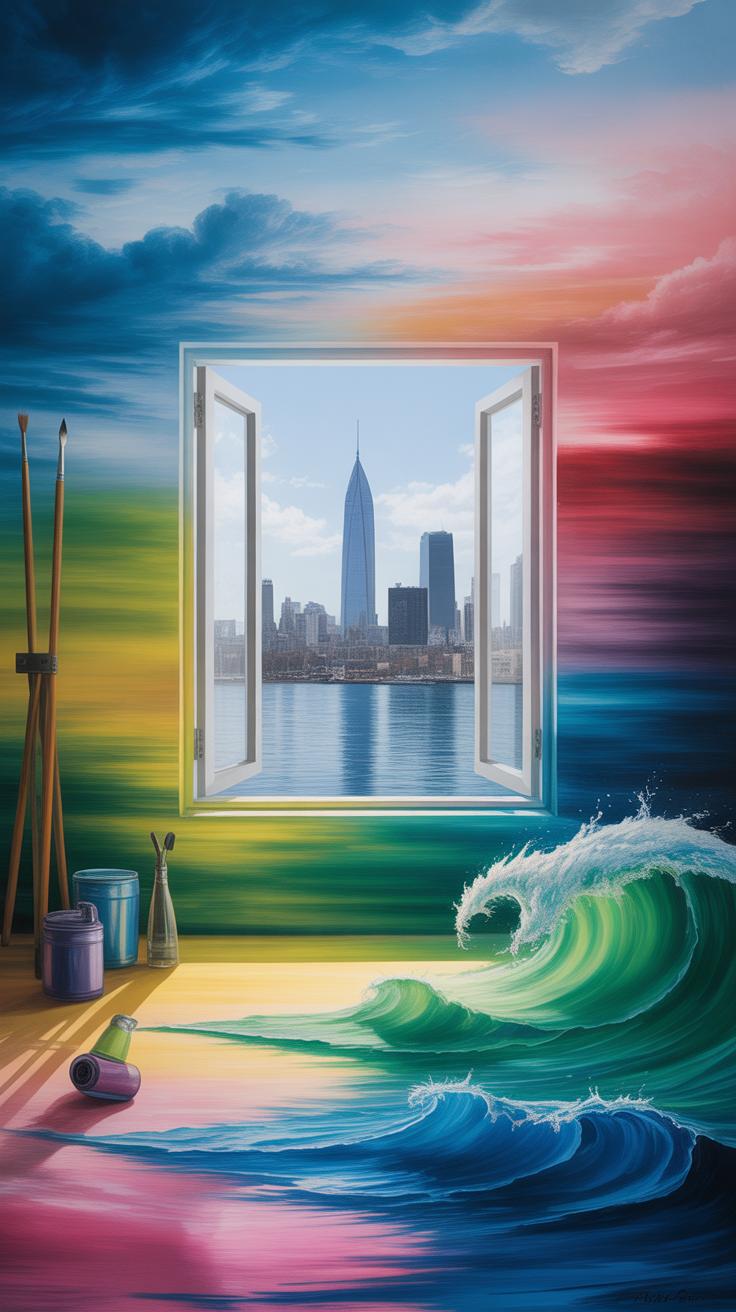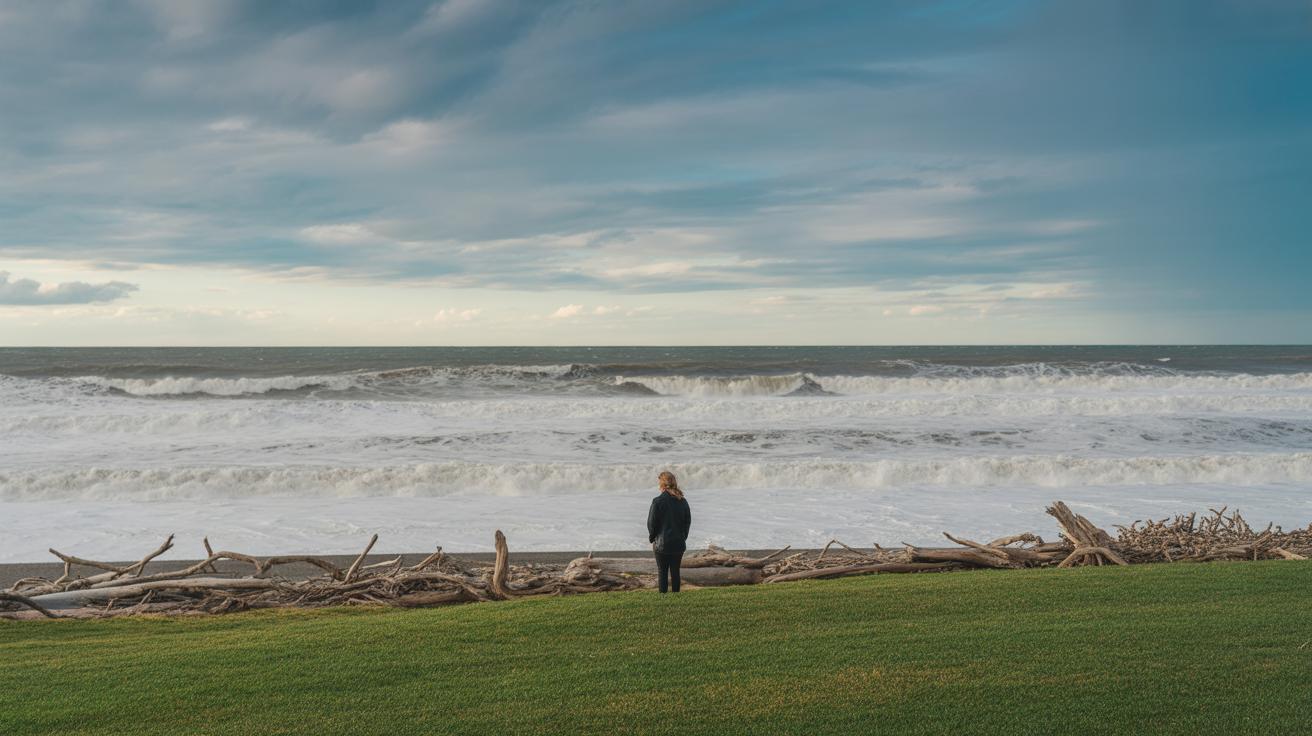
Emotion And Atmosphere In Romantic Art Painting Techniques
Introduction
Romantic art shines a light on feelings and moods. It started in the 1760s in Europe and focused on wild nature and strong emotions. This style of art shows how artists carefully use their painting skills to make viewers feel emotions and create a special mood in the artwork. This article will explore how romantic artists bring emotion and atmosphere into their paintings through specific techniques.
You will learn how different aspects like color, brush strokes, and subject matter work together to express deep feelings and create an atmosphere. By understanding these techniques, you can better appreciate romantic art and see how artists tell stories with emotion and mood in their paintings.
The Roots Of Romantic Art
Romantic art began in the late 18th century, mainly in Europe, as a reaction against the rules and order of earlier styles like Neoclassicism. While Neoclassical art focused on balance, reason, and clear lines, Romantic artists moved toward expressing personal emotion and capturing nature’s unpredictable power.
This shift wasn’t sudden but grew from a desire to break away from strict conventions. Paintings started showing wild landscapes, stormy seas, or quiet, mysterious forests instead of calm, structured scenes. Artists wanted you to feel the intensity of nature—its beauty and danger—rather than just admire it from a distance.
The emotional content became central. Suddenly, a painting wasn’t just about form or historical stories; it was about mood and feeling. Nature wasn’t a backdrop anymore; it was almost like a character, full of energy and sometimes even threat. This was quite different from earlier art styles, which often kept nature controlled and ordered.
Early Influences On Romantic Artists
Romantic artists drew from a few main sources. First, emotions played a huge role—feelings of awe, fear, passion, and sometimes melancholy. They believed art should stir the viewer inside, not just show perfect shapes.
Nature was another big influence. Unlike the neat gardens of classical landscapes, these artists looked at untamed wilderness, rugged mountains, and turbulent skies. Think of painters like Caspar David Friedrich, whose lonely figures stand before vast, sometimes bleak environments.
Some reactions to changing society also fed into this art. The Industrial Revolution was beginning, and some artists felt a loss or anxiety about modern life. Their work often reflected a longing for something deeper, a return to something simpler or more profound.
It’s like they were responding, not just to the outside world, but also to inner conflicts. This mix gave their paintings a complex emotional texture.
Key Historical Moments Shaping Romantic Art
Events like the French Revolution shook the world and the art that came from it. The upheaval brought intense emotions—hope, anger, despair—which artists couldn’t ignore.
Suddenly, art wasn’t just decoration or story-telling. It became a way to capture powerful feelings stirred by these changes. People saw themselves as part of something bigger and more dramatic than before, and painters tried to express that.
There’s a kind of urgency in Romantic art tied to these moments. Look at works by Eugène Delacroix; his scenes explode with color and movement, showing battles but also the human cost behind them.
It’s interesting to consider how these dramas pushed artists toward the emotional and the dramatic, prioritizing intense experiences over calm beauty. So, their paintings ask you to feel something strong, not just admire something pretty.
How Emotion Is Shown In Romantic Paintings
The way Romantic painters showed feelings was often striking, even raw. It wasn’t just about pretty scenes or idealized subjects—they wanted you to *feel* something strong, maybe unsettled or deeply moved. Facial expressions played a huge role here. Artists captured moments of sorrow, joy, despair, or awe through carefully painted faces. For example, look at Eugène Delacroix’s “Liberty Leading the People.” The woman’s face is fierce yet almost pained, drawing you into that chaotic moment of revolution. You don’t just see her; you feel her urgency and determination.
Body language in these paintings is just as powerful. The posture of a figure—how they slump, stretch, or twist—adds another emotional layer. A bowed head might speak of defeat or grief, while an outstretched arm could signal hope or defiance. You might notice in Caspar David Friedrich’s works, like “Wanderer above the Sea of Fog,” the figure’s stance—a back turned to the viewer, gazing into the distance—conveys solitude and contemplation. It’s simple but somehow very affecting.
Intense scenes often brought this emotional language into sharp focus. Turbulent skies, wild waves, or dramatic gestures—all express turmoil or passion. It’s as if every detail, from furrowed brows to clenched fists, comes together to tell a story not just seen but *felt*. Sometimes, this evokes questions: What do these expressions reveal? Are the emotions sincere or exaggerated? Romantic painters leave room for you to wonder, to connect—or to resist—based on your own reactions.
Creating Atmosphere With Color
Romantic artists used color not just to depict reality but to evoke feelings and shape atmosphere. The choice of color could tense a scene or soften it, pull you in or push you away—sometimes all at once. It’s tricky to pin down because color’s effect often depends on context, but painters like Turner and Delacroix showed how carefully arranged hues change the mood entirely.
Warm colors—reds, oranges, yellows—often bring energy and urgency. They can feel passionate or ominous, like in Delacroix’s “Liberty Leading the People,” where reds shout rebellion but also pain. Cool colors—blues and greens—offer calm or melancholy, but not always restful. Sometimes, they feel cold and distant, stirring a reflective emptiness. For example, Caspar David Friedrich used blues to create a kind of spiritual solitude that’s both soothing and haunting.
Contrast plays a huge role too. When artists place warm against cool colors side by side, the highlighted parts jump out. Consider how a glowing red sunset seems to blaze against dark blue shadows—it commands your eye and sets up a dramatic tone. That tension between colors makes the scene feel alive, as if it breathes with the artist’s emotional pulse. So, it’s not just what colors are used, but where and how they clash or blend that crafts the atmosphere you feel.
Brushwork And Texture In Romantic Art
Brush strokes in Romantic paintings aren’t just about forming shapes; they carry feeling, even a sense of life. Think of the way some artists let their strokes stay loose and visible. These aren’t neat, controlled touches but rather rough, almost hurried marks that seem to snap with emotion. This kind of brushwork can make a scene feel urgent or restless, like the artist is sharing a moment of raw feeling rather than a polished image.
Take a look at how those loose strokes often create a sense of movement—a trembling leaf, a rushing wave. The energy spills off the canvas, and you almost get pulled into the artist’s mood. Sometimes, the roughness seems to challenge the viewer, demanding more engagement or a closer look. It’s not always comfortable, but it’s more alive.
Then there’s the way texture helps to deepen atmosphere. Details like the gritty bark of a tree or the soft ripple of water aren’t just visual tricks. They add weight to the scene. You might find yourself almost able to feel the textures under your fingers. These tactile qualities make the scenes more believable, but also more charged with feeling. That coarse bark might suggest age, hardship, or endurance—something quietly emotional.
Still, it’s curious how sometimes artists will mix rough textures with thin, delicate details. That contrast can highlight parts of the painting, drawing your eye to specific emotions or moments. It’s not always clear why a certain part feels rough and another smooth, but the effect is undeniable. Texture and brushwork don’t just paint an image, they sketch the atmosphere around it.
The Role Of Nature In Romantic Paintings
Romantic artists often reached toward nature—not just as background scenery—but as a living, breathing force that mirrored their inner feelings. Nature became a kind of stage where moods were played out, sometimes turbulent, sometimes calm, but always charged with emotion. You can feel it in how they chose their scenes: wild, open, untamed places where human control falls away and the raw intensity of the world takes center spotlight.
Showcasing Wild Landscapes
Stormy seas crashing uncertainly, jagged cliffs under brooding skies, forests dense with shadow—all these appear as more than just settings. They push feelings forward. You might notice paintings where the wind seems almost violent enough to whistle off the canvas, clouds roil in dark spirals, and torrents rush with unrelenting force. These landscapes capture chaos, fear, awe, or even despair. They aren’t just pretty pictures; they’re vessels for powerful emotions, and sometimes, you’re left wondering if the artist was expressing personal turmoil as much as observing the scene.
Symbolism In Natural Features
Mountains often rise like obstacles or challenges—solid, demanding, unreachable. Rivers can suggest movement, time slipping away, or even the gentle flow of memory. The sky, endlessly vast and sometimes threatening, can hint at freedom or isolation. It’s not always obvious, though. Sometimes these elements feel contradictory, embodying hope but whispering doubt. I’ve seen a painting where a calm river runs beneath an aggressive storm—does this mean peace or tension? Romantic painters knew these symbols weren’t fixed; they’re open, inviting the viewer to find their own meaning in each brushstroke.
Light And Shadow Techniques
Romantic artists played with light and shadow not just to show forms but to stir emotions. Light often appears almost tactile, splashing across faces or landscapes, as if drawing your eye toward something urgent — a feeling, a moment frozen in time. It’s not just brightness for its own sake; light becomes a spotlight that isolates what matters most, whether that’s a figure’s tear-streaked face or the glint of hope in a distant horizon.
You might notice how sharp contrasts make scenes pulse with tension. Shadows do more than hide details; they shape the mood in subtle ways. Deep, lingering darkness can suggest something unseen, maybe even unsettling — a secret held back or a fear just beneath the surface. This shadow isn’t merely emptiness but a space filled with possibility and doubt.
Try observing artworks by Turner or Delacroix with this in mind. Their mastery lies in using light and dark to create atmosphere that feels alive. Have you felt drawn closer, almost caught inside their paintings, by the way shadows stretch or light floods?
- Bright light often highlights the emotional core of a scene, making it immediate and hard to ignore.
- Shadows add layers of mystery, complicating what you think you see and feel.
- This interplay between illumination and darkness shapes the drama and tension uniquely in each painting.
Maybe what surprises me the most is how this balance isn’t always neat. Sometimes a part remains just dim enough to question, just bright enough to suggest hope. It leaves you wondering if the light will grow or fade away—and that uncertainty is, in a way, the heart of Romantic art itself.
Composition And Focus In Romantic Art
Romantic artists often arrange painting elements with a careful, yet somewhat loose, control to pull you into their world. You don’t just glance at their works—you feel directed, almost guided, through them. The arrangement of figures, objects, and space isn’t random; it nudges your eyes toward certain feelings or thoughts. Sometimes the composition leads you gently, other times it feels like you’re caught in a sudden swirl of emotion. This push and pull creates a rhythm unique to each artwork.
Creating Movement With Composition
Look closely and you’ll notice how objects and people seem placed to create a visual flow. They guide your eyes across the canvas, often in a way that follows an emotional path rather than just a physical one. For example:
- A winding river or a curve in a figure’s posture can sweep your gaze from one corner to another.
- Figures sometimes lean or gesture toward something unseen, prompting you to wonder why, adding tension or anticipation.
- Overlapping elements may push you forward into the scene or back into a shadowy unknown.
That movement isn’t just about where your eyes go—it’s about how you feel while moving through the piece. It can evoke calm, chaos, longing, or fear, depending on how those elements align.
Centering Emotion In The Painting
Most romantic paintings feature a clear focal point holding the emotional core. This might be a person’s face caught in a moment of despair, a wild stormy hill, or a fragile flower bending against the wind. Curiously, sometimes this point isn’t in the visual center. It could be off to one side, making the emotion more subtle, almost like it’s hiding.
That choice affects you too. A centralized focus hits you head-on, demanding your attention. An off-center or partially obscured heart of feeling invites you to lean in closer, to discover more. Think about how this changes your connection to the artwork. Can you feel the difference yourself?
Famous Romantic Artists And Their Techniques
Caspar David Friedrich’s Use Of Solitude
Have you noticed how many of Friedrich’s paintings feature solitary figures standing quietly within vast natural surroundings? This repetition isn’t accidental. He used lone individuals almost like emotional anchors, placing them in these expansive outdoor settings to evoke loneliness and deep reflection. That feeling of isolation—maybe even alienation—seeps through without any dramatic gesture or obvious action.
Look at his works where a single person faces a mountain or a misty sea. The figure isn’t the main focus in terms of size; instead, it seems swallowed by the environment. This contrast between the smallness of the human and the immensity of nature pulls you into a quiet, almost meditative mood. It’s interesting, though, because that solitude doesn’t feel totally empty. Do you think Friedrich wanted viewers to find comfort in that loneliness, or was it more about confronting the unknown?
His brushwork is subtle—calm yet precise—which complements the stillness of these scenes, making you linger longer on the silence. It’s like the painting holds its breath, waiting for you to step in and feel something unspoken. That sense of pause is, I guess, where his emotional power mostly lies.
J.M.W. Turner’s Mastery Of Light And Color
Turner’s approach to light and color seems almost daring when you first see it. He didn’t rely much on detail but instead layered washes of color that blur edges and melt forms. The way he captures the shifting glow of the sun or stormy skies isn’t just about scenery; it’s about mood. You almost feel the air he painted—the heat, the humidity, the electric tension before a storm—and that pulls your emotions directly into the picture.
His bold choices of yellows, oranges, and reds can shock you, yet they feel natural. Turner played with contrast too, throwing bright light against deep shadows, which stirs a kind of restless energy. Sometimes, his skies seem almost abstract, more about feeling than form, which can be unsettling or inspiring depending on how you connect with it.
One thing I find intriguing is how his colors can seem to dissolve the subject into atmosphere itself. It’s like what you see isn’t just a place but a moment filled with emotion that you can almost step inside. That ability to blur boundaries between object and feeling—well, it’s a fascinating technique to think about if you want to capture emotion in your own work.
Themes Common In Romantic Paintings
Heroic And Historical Scenes
Romantic paintings often focus on striking moments of heroism and defining episodes in history. Artists like Delacroix or Géricault painted bold figures standing against overwhelming odds, stirring powerful feelings of courage and struggle. These scenes don’t just show events but push you to feel the weight of those moments—victory, sacrifice, or despair.
Such works invite you to consider what makes a hero, or how a single act can ripple through time. Think about Delacroix’s “Liberty Leading the People,” where the raw energy of revolution feels almost tangible. The artist chooses intense colors, dramatic poses, and sharp contrasts to pull you in emotionally. Of course, not every heroic painting glorifies triumph straightforwardly; some hint at chaos or tragedy beneath the surface. This ambiguity keeps you questioning, maybe even unsettled. Are these heroes what we want to idealize? Perhaps, or maybe not entirely.
The Sublime And Awe-Inspiring Nature
Another defining theme in Romantic art is the sublime power of nature. Paintings by Caspar David Friedrich or Turner don’t just depict landscapes; they immerse you in vast, often overwhelming natural worlds. Mountains tower, storms rage, and seas swell—all designed to provoke awe, even fear.
This theme tries to capture something larger than human experience, something almost unknowable. When you stand before one of these canvases, the sense may hit you that nature is both beautiful and terrifying, indifferent to human concerns. It can humble or inspire you, and sometimes both at once.
These scenes twist light, shadow, and scale to heighten the emotional effect—tiny human figures dwarfed by the infinite landscape, pushing you to reflect not just on nature, but on your own place in the world. Many Romantic viewers might have found this unsettling at first. But maybe that’s the point: to feel deeply, to be reminded that some things are beyond control or full understanding. That feeling, I think, is endlessly compelling.
How Romantic Art Influences Today
Romantic art still speaks to many artists and art lovers, even after centuries. The emphasis on raw emotion and the atmosphere in paintings remains relevant; these qualities invite viewers to feel rather than just see. You might notice that some contemporary creators borrow from Romantic ideals, focusing on mood and emotional depth rather than pure realism or technical perfection.
For example, the way Romantic painters played with light and shadow to capture a moment’s emotional intensity shows up in today’s art through dramatic contrasts and expressive brushstrokes. These techniques can make a scene feel alive or charged with feeling, reminding us that art’s power often lies beyond straightforward representation.
Sometimes, it’s not about recreating Romantic styles directly but about harnessing the spirit behind them—the urge to connect with human experience deeply and impulsively. That impulse seems to persist, popping up in unexpected ways and reminding us that art is an ongoing conversation about feeling and expression.
Modern Artists Inspired By Romantic Emotion
Several contemporary artists draw inspiration from the emotional intensity and atmospheric depth that defined Romantic art.
- Julie Mehretu’s layered, swirling compositions evoke a similar sense of movement and emotional turbulence to Romantic landscapes, but in an abstract form.
- Gerhard Richter uses blurred imagery and moody colors that echo Romantic painting’s focus on ambiguity and mystery, making viewers emotionally engaged through uncertainty.
- Even street artists like Banksy, though stylistically different, tap into strong emotional narratives and charged atmospheres, reminding us that emotional impact is not limited to any one artistic tradition.
These examples suggest that Romantic ideas about emotion and atmosphere don’t belong to the past. They resonate wherever artists want viewers to pause and feel, not just observe.
Romantic Art’s Role In Teaching Emotion
Studying Romantic art can change how you think about feelings in art. It encourages you to pay attention not only to the subject but also to how painters use color, light, and composition to evoke moods. It invites you to consider what makes a moment feel charged or poetic.
In art education, examining Romantics challenges you to move beyond technical skill and toward emotional storytelling. You begin to see that expressing feelings in art isn’t just about personal experience but also about creating a shared emotional space with the viewer.
This approach can be a little tricky. Emotion in art isn’t always straightforward or easily controlled, and Romantic paintings often embrace that complexity. Learning from them means accepting that expressing feelings through art is sometimes unpredictable, sometimes messy, but always worth exploring.
Conclusions
Romantic art uses specific painting techniques to stir your emotions and set a mood. Artists choose colors, shapes, and scenes that make you feel connected to the story or the scene in the painting. They often show nature’s wildness and human feelings to link you with the piece deeply.
Once you understand these elements—emotion and atmosphere—you gain a fresh view of romantic paintings. You’ll see how each painting communicates more than just images. It shares feelings and moods, inviting you into a powerful experience crafted by the artist’s skillful hand.


